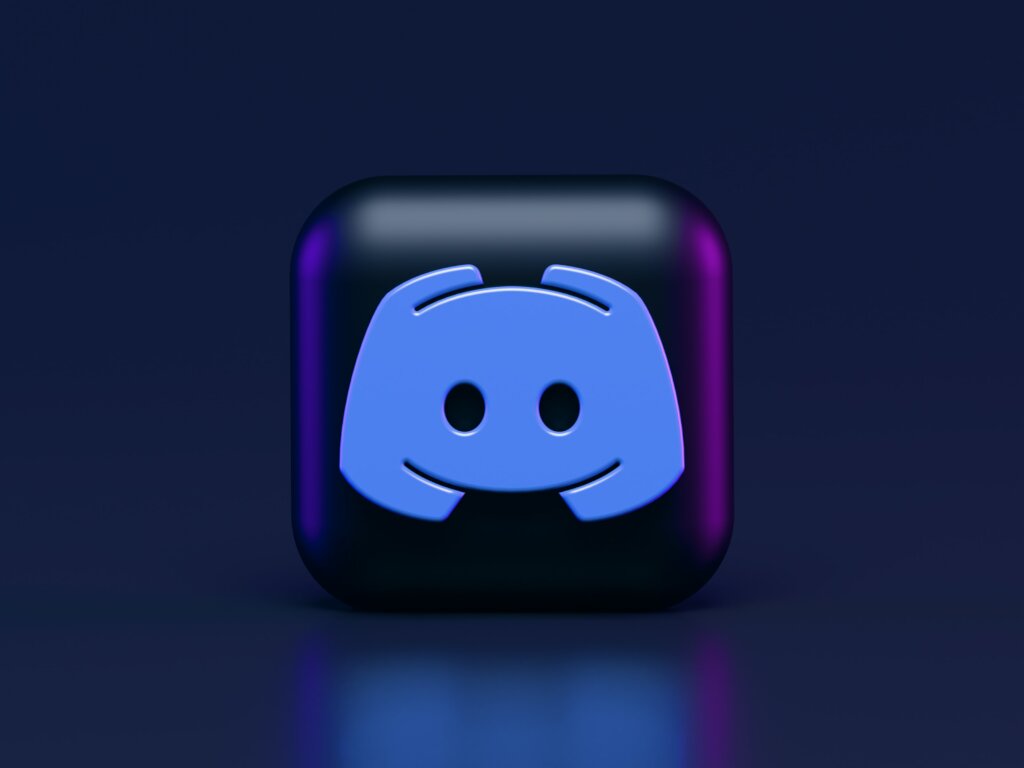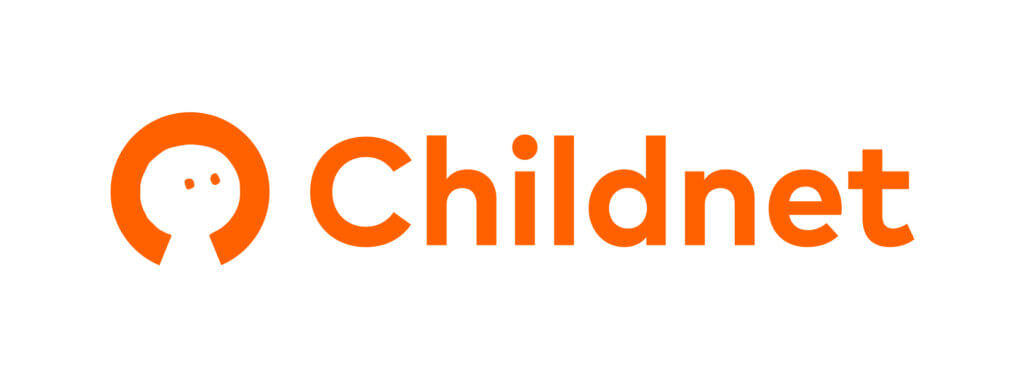
Whether you’ve heard about Discord from a friend, pupil or your child – here’s some key things you need to know about the increasingly popular app, as well as any important safety features to be aware of.
What is Discord?
Released in 2015, Discord describes itself as a “VoIP” (Voice over Internet Protocol) and instant messaging social platform. This means that you can use your voice to communicate with other users through the app.
The app was predominantly focused on providing gamers with a means of communication when playing games on their devices, especially through phones.
Other examples of apps which use VoIP include Skype, WhatsApp and Messenger.
By providing an in-app chat for gamers, Discord has filled a gap in the social media and gaming markets – over 300,000,000 people have downloaded the app worldwide.
Over the years, however, the app has broadened its demographic: the tagline has evolved from the original “Chat for Gamers”, to “chat with your communities and friend” to the current “Your place to talk”.
The app is still beloved by gamers and has a list of whitelisted games that will support in-game overlay of Discord, such as Final Fantasy XIV, Minecraft and League of Legends. This means that chats or messages display on screen within the game rather than needing to be open in separate tabs or windows.
Non-gamers have flocked to the app over the years to hang out and facilitate communities.
What can I do on Discord?
The communication features of Discord can be used whether you’re a gamer or not. Some people use Discord instead of a WhatsApp group chat as Discord will allow you to have multiple channels – for instance, one for general chat, one for announcements, and perhaps a private channel for coaches or management.
There is also a voice room for users in a channel to tap in and out of to hang out and catch up with friends; whilst you’re talking, you can play music to listen to together, and play board games remotely.
The voice room also means you can share gaming experiences with friends, as well as use the chat channels to send emojis, memes and gifs.
On Discord’s YouTube channel there is a “How Discord Works” video for a full rundown of its features!

What age rating is Discord?
As a partner of the UK Safer Internet Centre, this year’s official Safer Internet Day research revealed that 77% of young people play games online once a week or more.
An app like Discord has great appeal, due to its in-game communication functionality.
However, according to Discord’s Terms of Service users must be at least 13 years old. The terms also state “If you’re a parent or legal guardian, and you allow your teenager to use the services, then these terms also apply to you and you’re responsible for your teenager’s activity on the services.”
The app also has an age rating of 17+ on the Apple app store and Google Play Store have rated Discord as suitable for “teens”.
Discord said that “We work hard to create robust controls and policies to help ensure minors are not exposed to content inappropriate for them.”
With the potential for your child to be on communication channels with adults and strangers, there poses a risk of exposure to adult content.
Discord have said they are working on creating an age-wall which will require users to verify their age using identification.
What parental controls are available?
Discord contains NSFW (Not Safe For Work) servers containing potentially adult content which would not be suitable for young people.
Whilst a warning message will appear and ask the user to enter their age, Discord have not installed a verification tool, meaning that teens could still access the adult content.
If you and your child decide they can download the app, we recommend having a conversation about the importance of the safety settings, as there is currently no way of locking these from parental controls.
To access the safety settings, just go to “User Settings” > “Privacy & Settings”.
Here, you can switch “Safe direct messaging” to “Keep me safe”, disallow access to NSFW servers, and disallow direct messages and friend requests from strangers.
Interested in parental controls? Head to our Help & Advice page to help protect your children from inappropriate content online.


